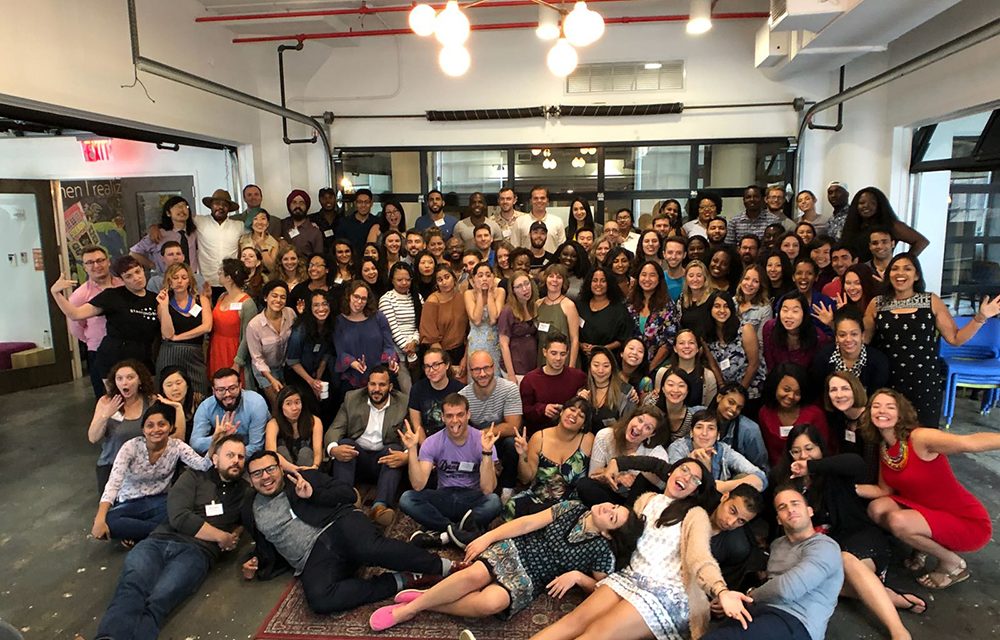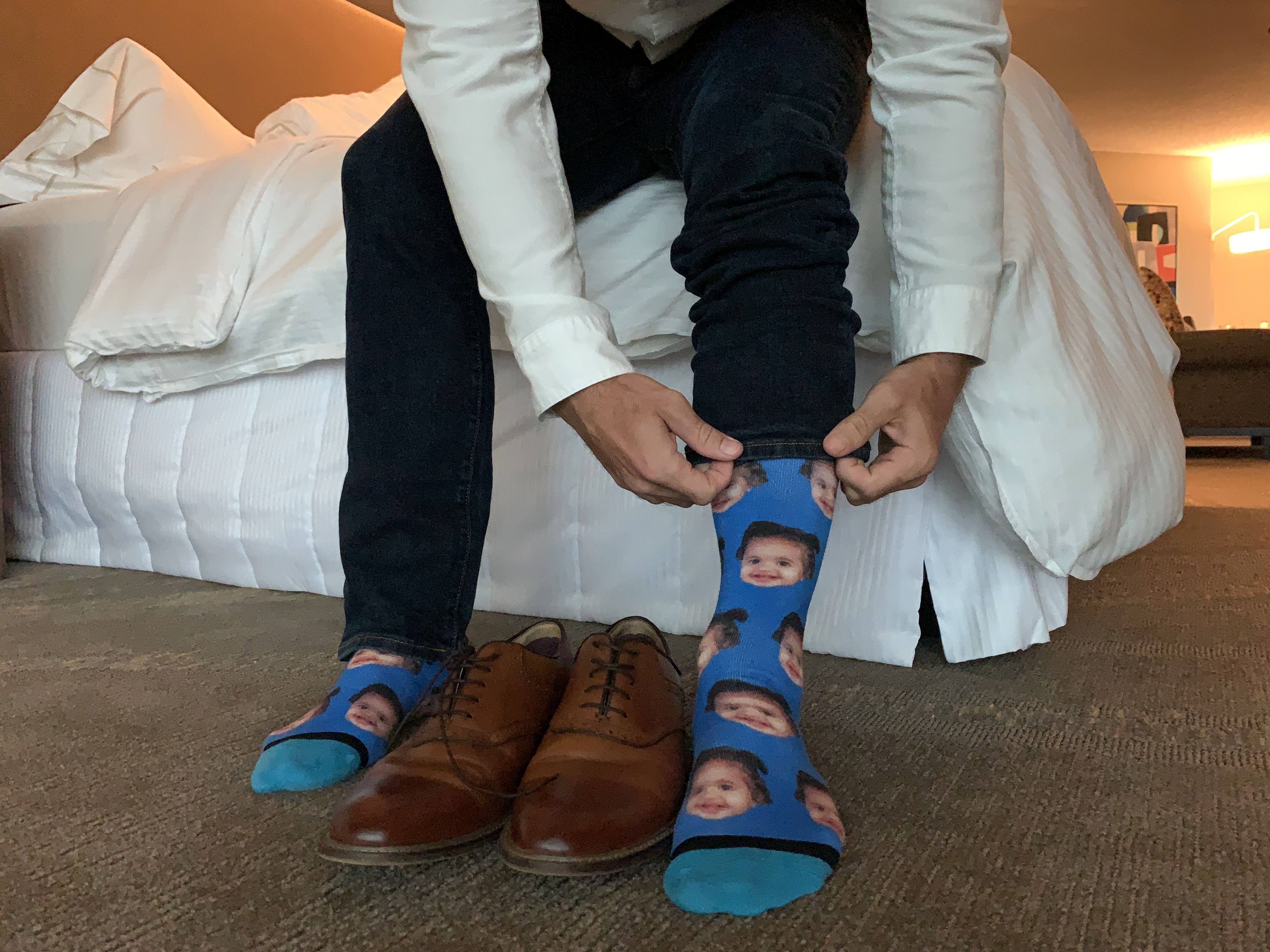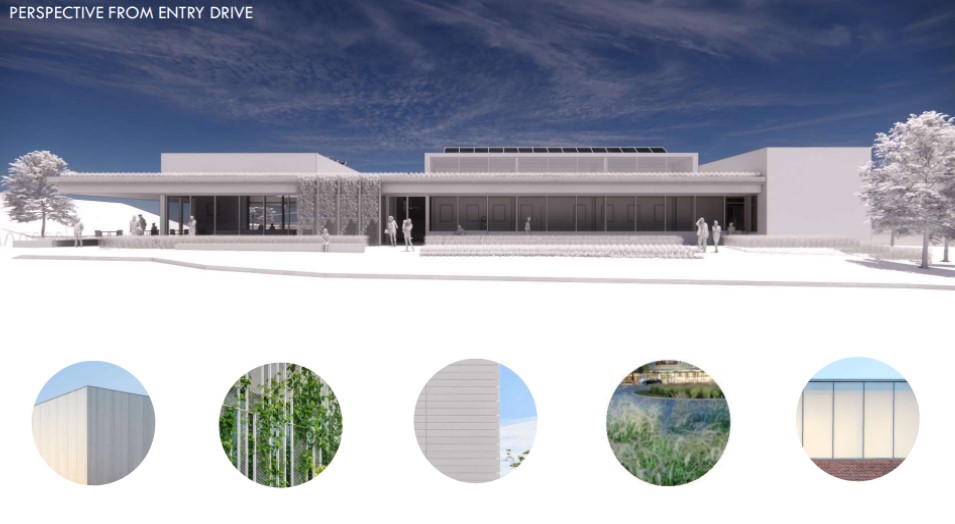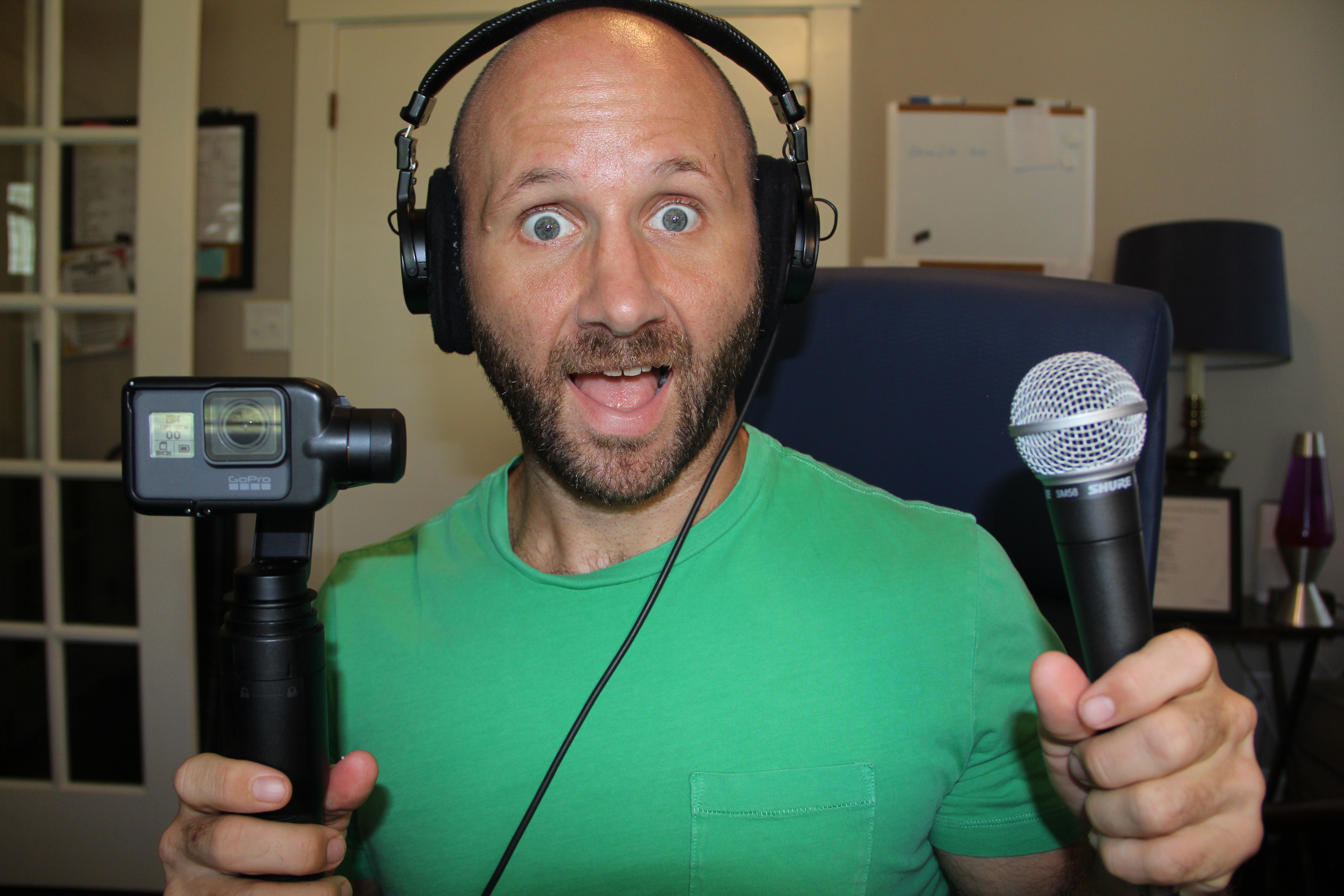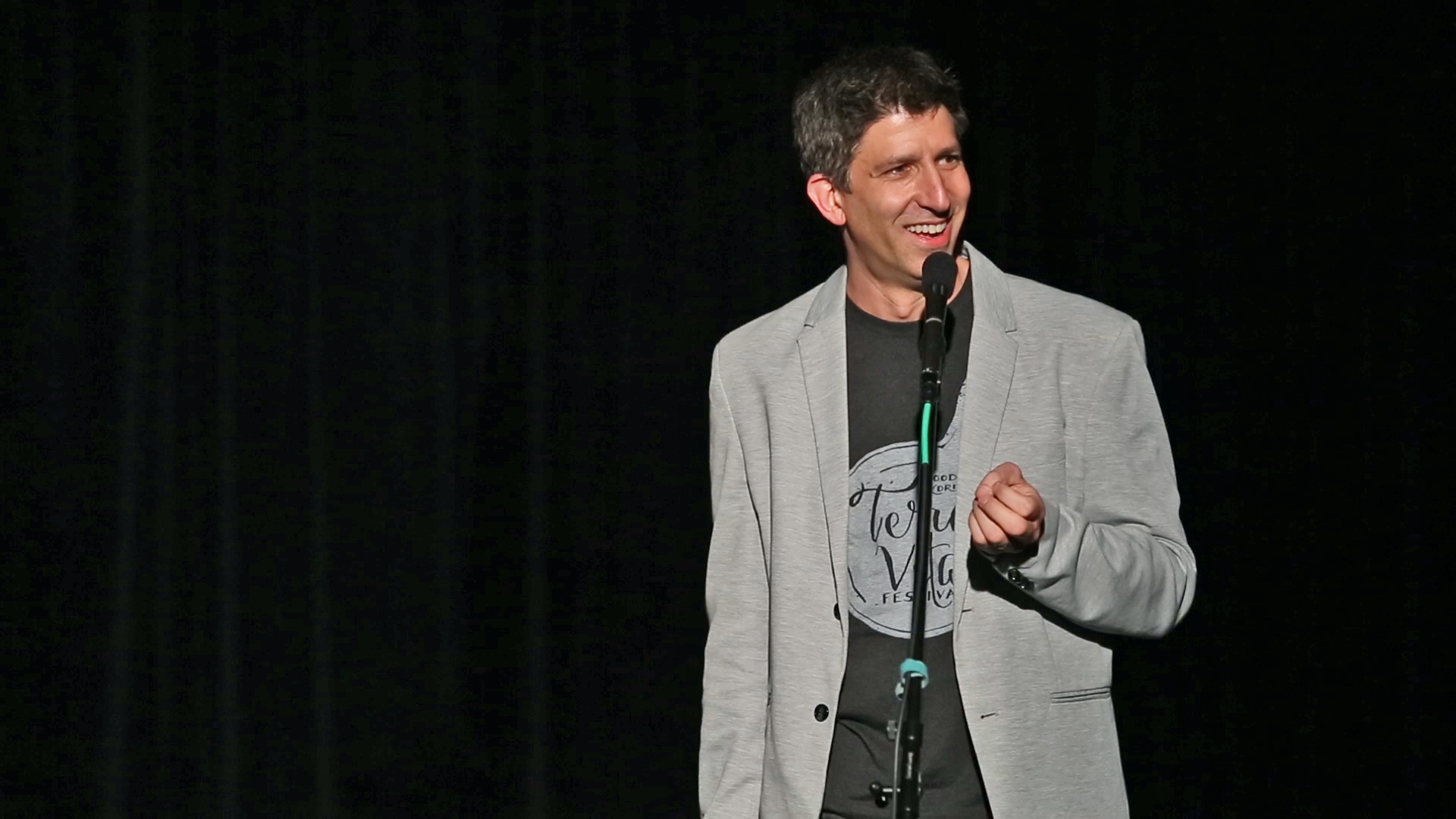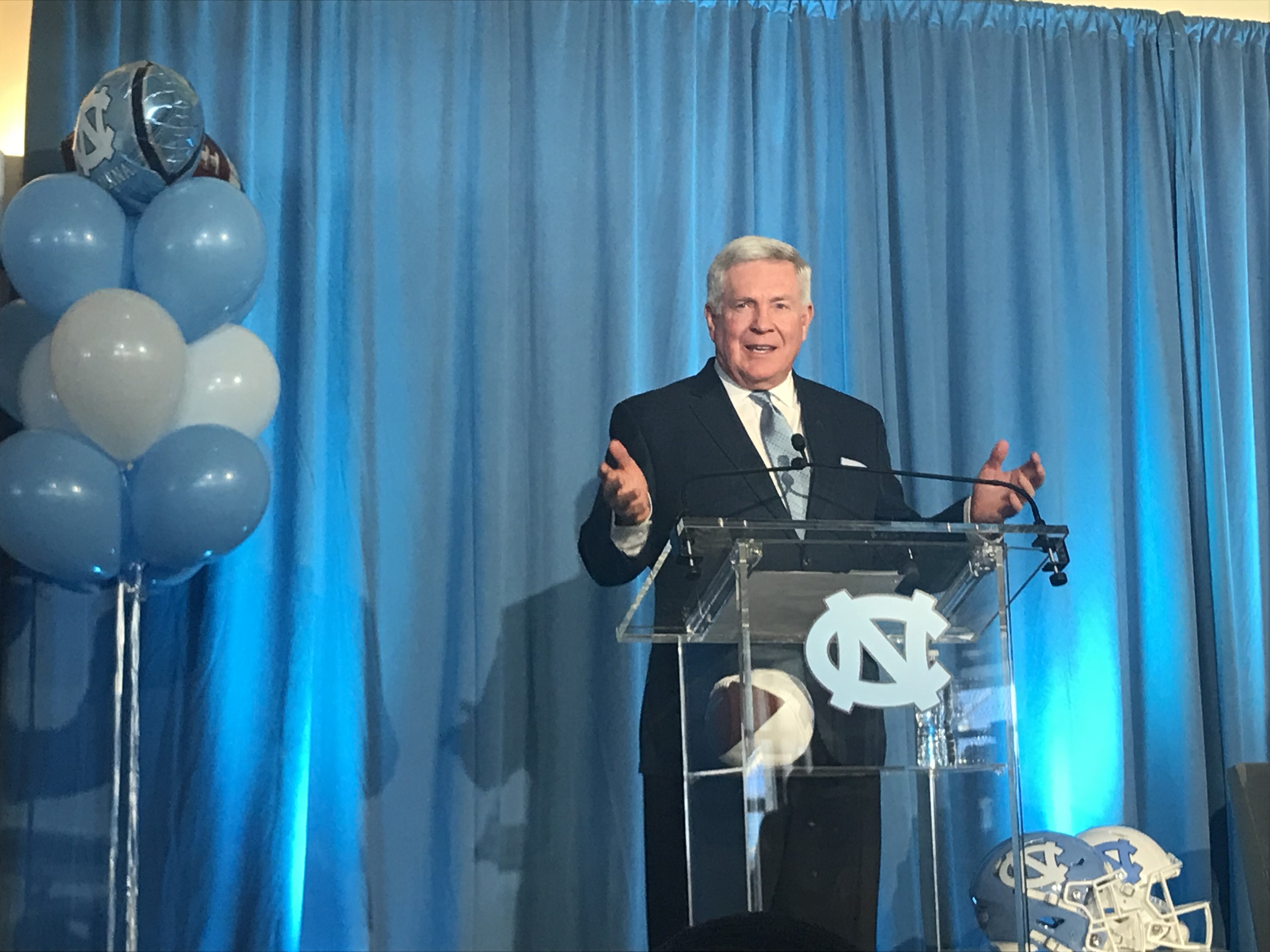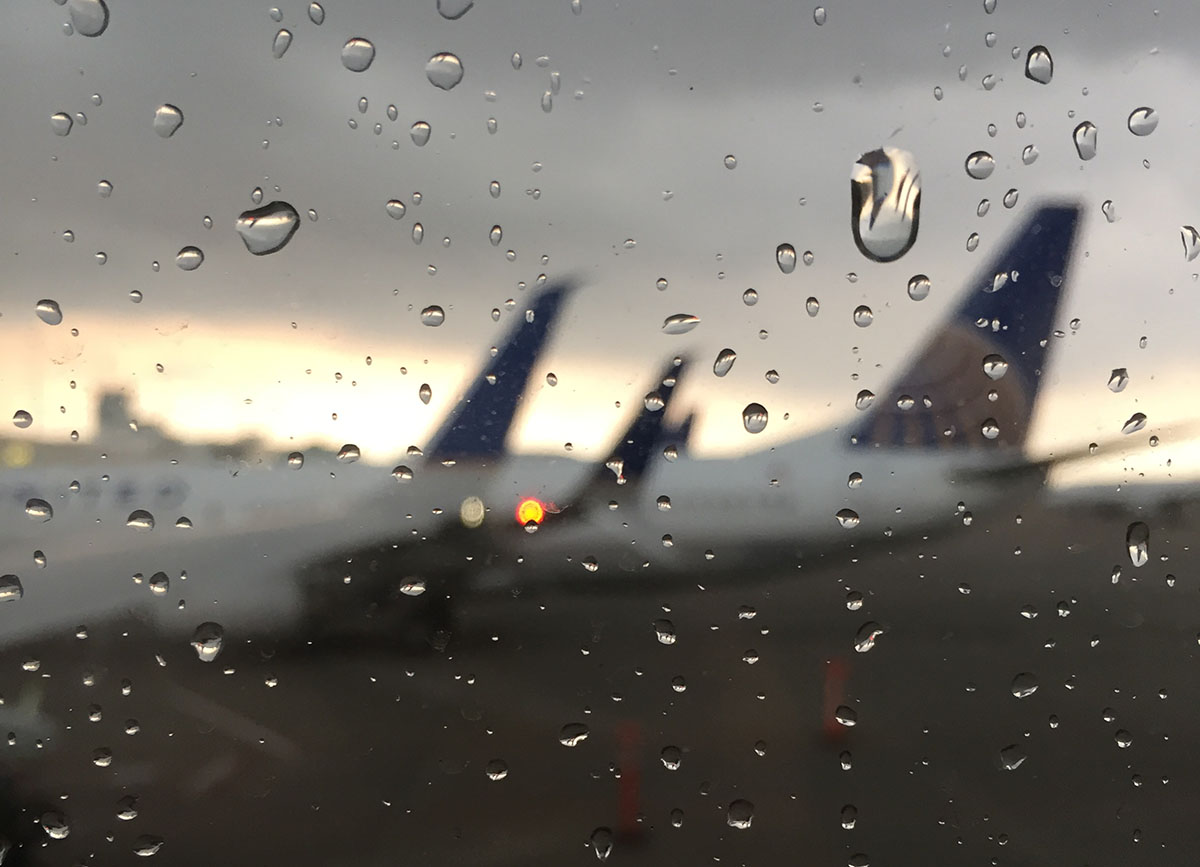Two months ago, I reached out to a high school friend to congratulate him on a new job at a nonprofit. It was his dream job and he had wanted it for two years.
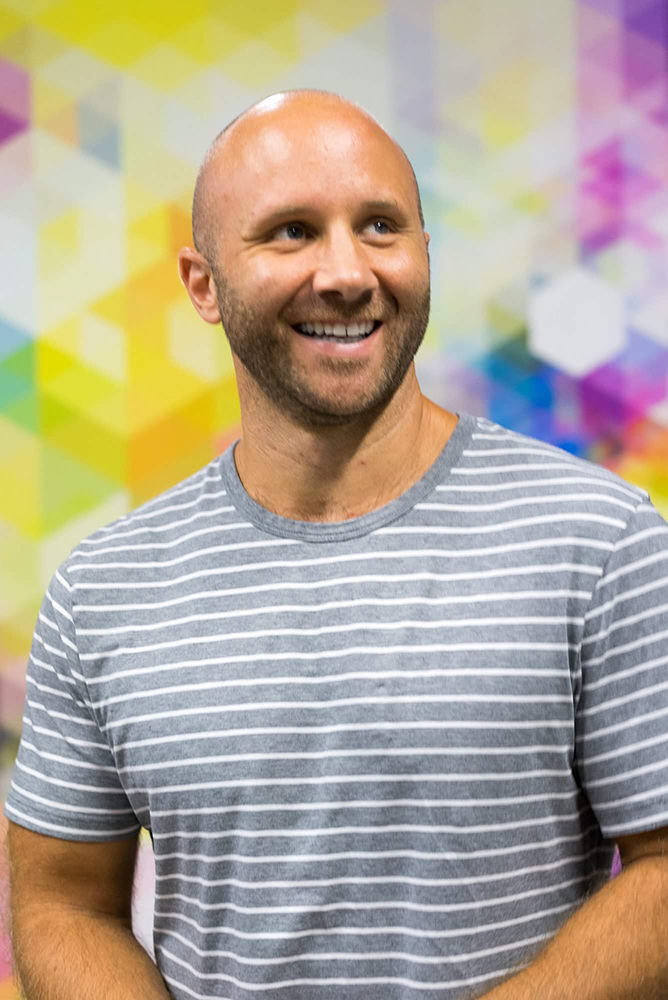
Rain Bennett, picture by Bryce Evans
I told him I was working with a lot of nonprofits lately and if his organization ever needed any help with storytelling that I’d be more than honored to be of service. He perked up immediately and told me about a Fellowship he was a member of called StartingBloc and how they were looking to tell the stories of their fellows. So off I went to do my research.
According to their website, “StartingBloc is a global community committed to working towards and equitable, collaborative, thriving world.” I knew it had to do with social entrepreneurship (a term that’s only existed for about 10 years) but I still wasn’t sure what it was. But if I was going to help them tell their story, the best way I could figure it out was to do it myself.
So I applied for the fellowship. It was a five day institute in New York and I had no idea what to expect.
What I experienced was a transformative week of learning about things like design thinking, polarity mapping, new business models, and purpose-driven companies and organizations. But what I learned was more about clarity — clarity about how to be more inclusive in my business, clarity about the art of making change in the world, and clarity about how I wanted to define my life and career, the people I wanted to serve, and the impact I wanted to have on the world.
To give a clear example, here was my second day (the most impactful on me):
Friday I woke up early to make it to the Center for Social Innovation. I had a 1-on-1 coaching session with Russ Finkelstein. It was only 30 minutes, because he did this for 60 people, but he helped me realize how to embrace my multitude of identities to carve a clear path of where I wanted to go with my career.
Historically, I had compartmentalized parts of myself — so that my artist friends wouldn’t think I was too much of a meathead and my athlete friends wouldn’t think I was too sensitive. But Russ helped me find that intersection (the Venn Diagram, if you will) where they came together organically and defined me as a unique person.
Because if I don’t know who I am, how will I know who I can best help? And if I don’t know who I can help, how will I know what path to take going forward?
8:30 in the morning; first breakthrough accomplished.
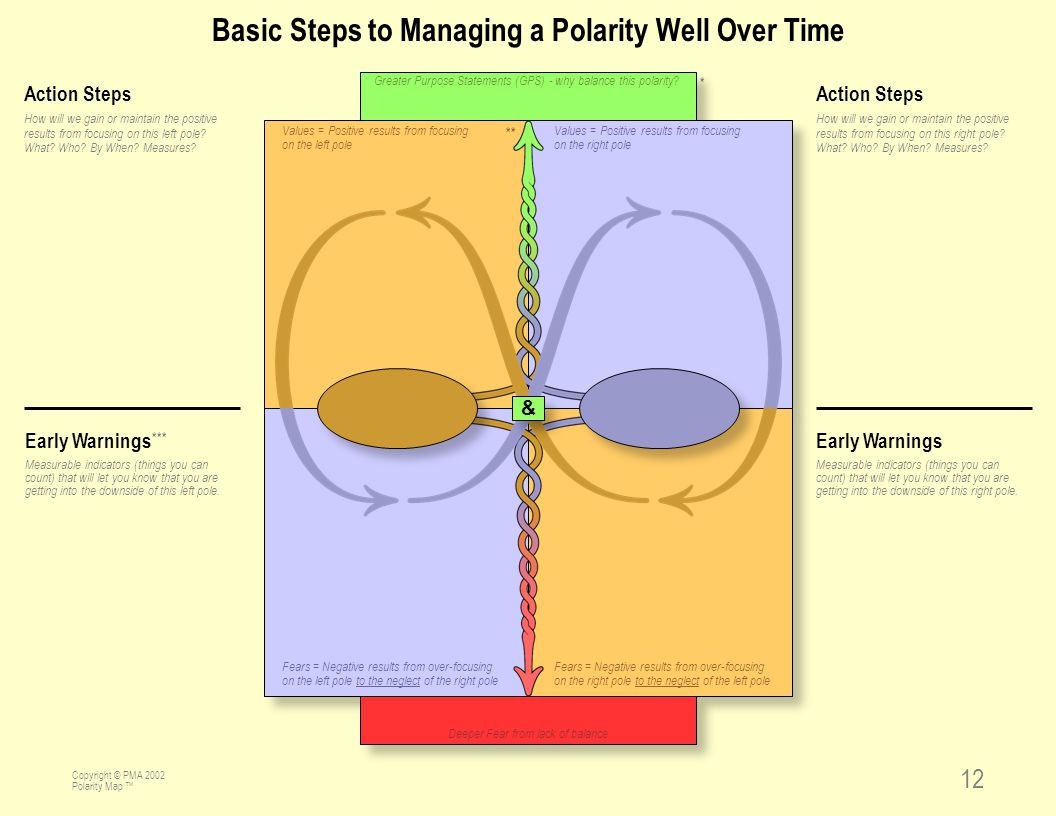
Polarity mapping.
Later that morning, we had a workshop on polarity mapping. Though I had always been interested in the concept of polarity, I’d never viewed it through this lens. Polarity mapping can be used to approach any chronic issue or challenge one is experiencing, but we focused on the ways we identify ourselves. Specifically, we listed out in the four quadrants what we sometimes think “we are too much” of, what we’d like to be instead, what values make us “be too much” of what we think we are, and what fears we have if we don’t act that way.
Mine, for example, said things like this:
- I’m too hard on myself, or I’m too focused on results.
- What I’d like to be during those times is more grateful and more focused on the process.
- What I value that makes me like #1 is productivity/achievement, hard work and heart, and a desire to be great.
- What I fear if I’m not like #1 is that I’ll become complacent, or the quality of work with suffer, or that a goal won’t happen.
We named our poles, with the left side being the values and fears of what you see yourself as, and the right side being the values and fear of what you’d like to be more.
On the left, I called it “Be the Hero.” On the right, “Be a Good Team Player.”
The point of the exercise, is that that to be a good leader, one must be both.
Then we laid out the early warning signs we must identify when we start feeling a certain way and the action steps that should follow to keep us operating at a high level. It was effective.
The final transformation came after the institute was actually finished for the day, but the foundation had been laid before it even started.
StartingBloc offered us the chance to lead our own “topic dinners” that evening. Anything we thought other fellows might be interested in learning and that we could help provide knowledge for or facilitate a conversation about, we could choose. It was a great way to continue connecting and further share our knowledge with each other.
The only thing was, we needed to sign up before the institute started.
On day one, marketing guru (and personal hero of mine) Seth Godin spoke about the amygdala and how this tiny part of our “squirrel brain” is the part that’s been there forever and induces emotions, like fear. It’s the part that used to tell us when to run when we saw a predator.
Nowadays it tells us things like: not to raise our hands and ask a question because it might sound dumb, and if we sound dumb all the others will think we are weird, and if they think we are weird, they will banish us from the tribe, in which case we will definitely starve or get eaten by that predator.
My amygdala was firing, telling me not to sign up to lead a storytelling topic dinner.
But I told it to shut up, because this is where I was taking my career and I knew I could help people.
When I saw the signup sheets listed on the wall after lunch, my “How to Become a Better Storyteller” topic dinner had exceeded the maximum number of participants and had even built up a waiting list. Apparently, I did have knowledge that people wanted.
But I was still scared.
I wanted to do this, but I still had that voice in the back of my head saying I wasn’t good enough, or experienced enough, or that I might not be able to answer a question and then they’d know I was a fraud and I’d be banished and eaten by the predator!
I lead the topic dinner and never touched my cobb salad. We talked for three hours and every time I checked in with the group to make sure they weren’t over it, they screamed “No!” and asked me to keep going. I even left them with a PDF of 52 storytelling tips and you’d think I’d given them the keys to success. They were grateful for me. And I was grateful for them.
The rest of the week, I had people telling me they’d heard how amazing the impromptu workshop was and how they had a bad case of FOMO (fear of missing out).
I was proud.
Not only did I overcome my fear, but I confirmed that I was good at what I do. And not only was I good, but I actually provided a service that helped people accomplish their own goals.
That’s all I’ve ever wanted.
The last thing Russ Finkelstein had told me in that 8:00 session that morning was the most powerful and I hope I never forget it. He said “I noticed you have a new baby, a daughter at home. I see how important she is to you. I would encourage you to be the way you would tell her to be. I’m sure you would tell her not to be anything but herself and not to let anyone else tell her what she can or cannot be.”
I shook his hand fast so he wouldn’t see the tears. Pretty sure he saw them anyway.
We all typically have no problem helping someone we care about with their fears or struggles. So why do we have so much trouble telling ourselves the things we need to hear to live our best lives? I’d encourage all of us to live in the manner that we would advise those we love to live.
I went in to this fellowship planning to do research on an organization I wanted to work with.
But what I took from this week, was a group of 93 fellows, now friends, that would do anything to help each other make the world a better place.

Picture via Bryce Evans
Rain Bennett is a two time Emmy-nominated filmmaker, fitness professional, public speaker, and writer. His mission is simple: to help people realize that they too can be great, no matter where they come from or what they start with. It just takes passion, persistence, and a plan.
Bennett directed and produced his first feature length documentary in true indie fashion by traveling the world with only a backpack and a Canon DSLR camera. That film, Raise Up: The World is Our Gym won “Best of the Fest” at the Hip Hop Film Festival NYC and received global distribution through Red Bull Media House. He’s been featured in publications like Men’s Health and Sports Business Global and is a regular contributor to Breaking Muscle. When he’s not making movies or training clients at Sync Studio in Durham, he’s hosting a new webseries called The Perfect Workout Show.

